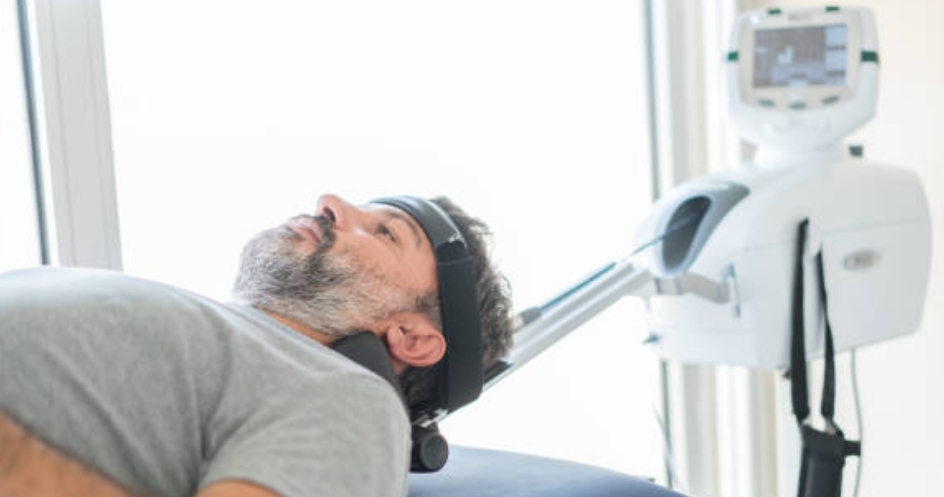Rowe’s Test (anterior glenohumeral instability)
Purpose: To test if there is a presence of a transient and/or recurrent anterior subluxation of the shoulder joint causing a dead-arm syndrome (1).
Patient position: Standing or Supine lying.
Examiner position: Standing beside the patient’s affected side.
Procedure: In Rowe’s test for shoulder instability, the patient is either in standing or lies down in the supine position. The examiner moves the affected arm into the maximum external rotation in the abduction and forward pressure is applied to the posterior aspect of the humeral head (1, 2).
Outcome: This test is positive if the patient feels sudden pain and apprehension. This manoeuvre produces sudden pain and weakness in the affected arm if there is anterior subluxation of the humeral head from the glenoid cavity (1). This test is not positive if the patient perceives pain without a sense of shoulder instability (apprehension) (3).
References:
- Rowe C, Zarins B. Recurrent transient subluxation of the shoulder. JBJS. 1981;63(6):863-72.
- Tzannes A, Murrell GA. Clinical examination of the unstable shoulder. Sports Medicine. 2002;32(7):447-57.
- McFarland EG, Garzon-Muvdi J, Jia X, Desai P, Petersen SA. Clinical and diagnostic tests for shoulder disorders: a critical review. British journal of sports medicine. 2010;44(5):328-32.


